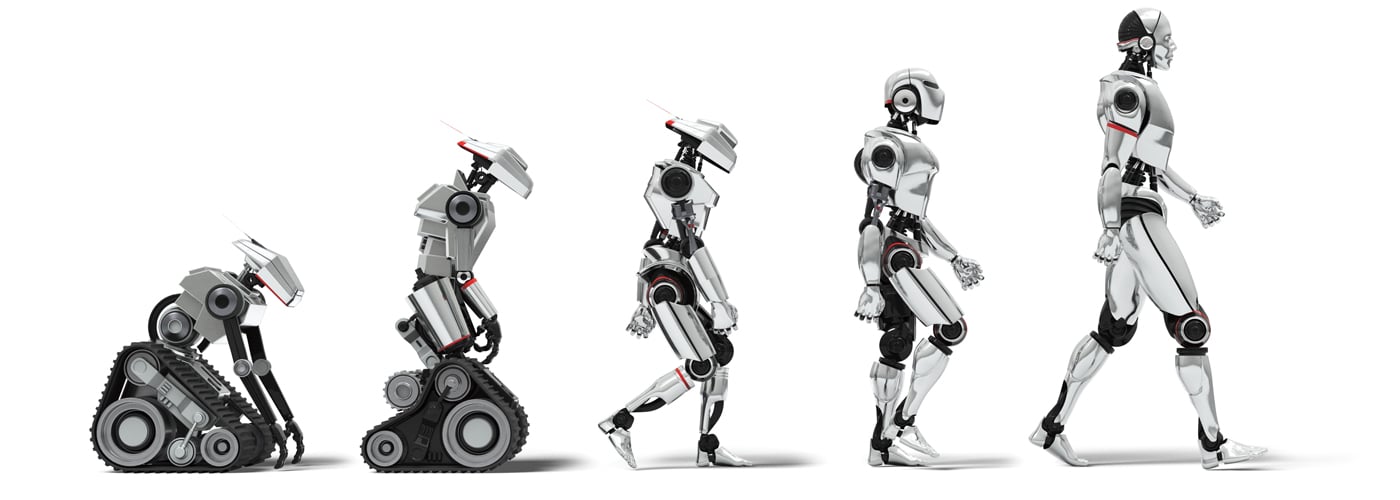Robots are no longer science fiction. Today, these machines cook food in restaurants, assist people with disabilities, and provide companionship. They go places and do things we can’t; for example, entering disaster zones like the one in Fukushima, Japan, where a nuclear power plant exploded in 2011, releasing dangerous levels of radiation. Robots continue to evolve as engineers create models to tackle almost any task (see Today’s Robots).
Robots are no longer science fiction. Today, these machines cook food in restaurants, help people with disabilities, and provide companionship. They go places and do things we can’t. For example, a nuclear power plant exploded in Fukushima, Japan, in 2011. It released radiation levels that were dangerous for humans. Robots entered the disaster zone. These machines continue to change as engineers create robots to tackle almost any job (see Today’s Robots).

